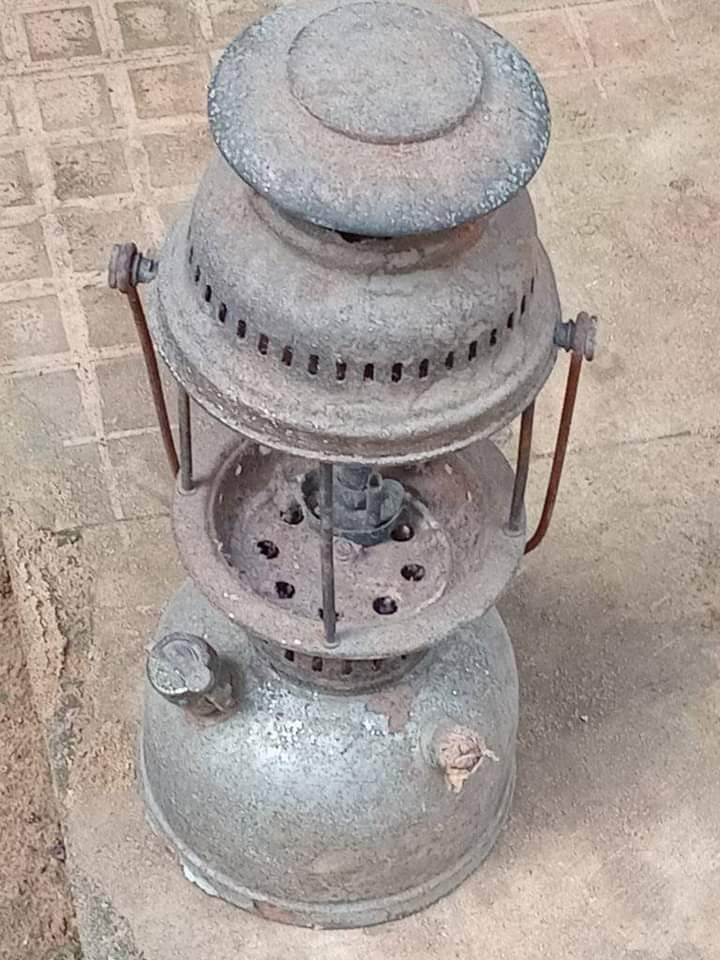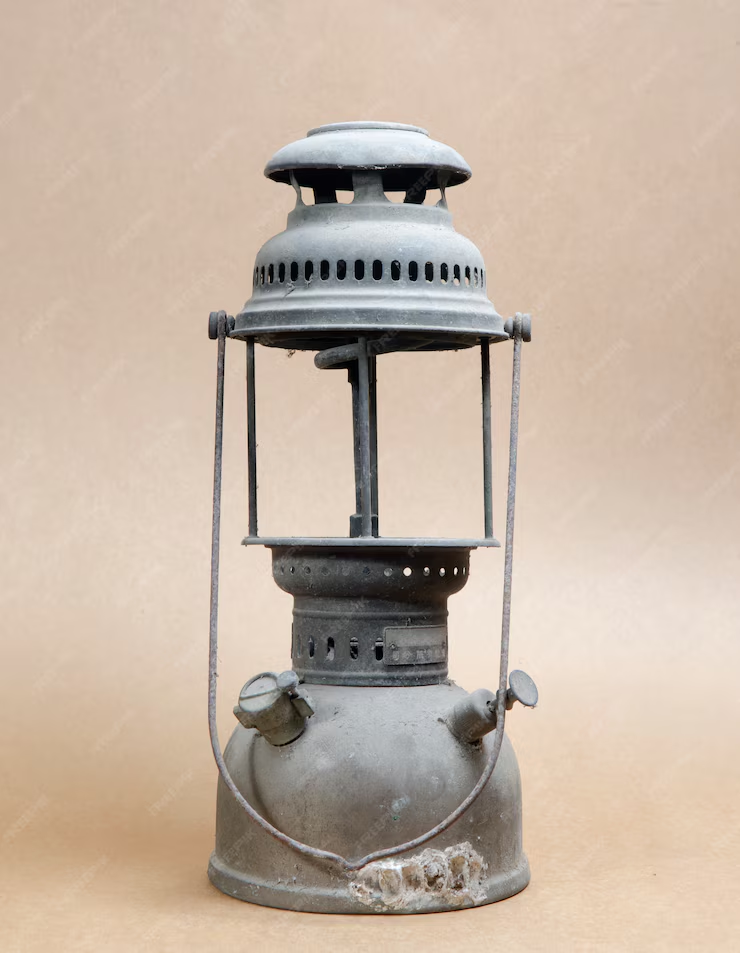Kerosene lamps, a seemingly simple invention, played a transformative role in shaping modern society. Before electricity became widespread, these lamps illuminated homes, workplaces, and public spaces, enabling progress and productivity after dark. Their journey from invention to widespread adoption is a story of innovation, resilience, and cultural impact. Let’s delve into the fascinating history of kerosene lamps, their evolution, and their enduring legacy.
The Discovery of Kerosene: A Fuel That Changed the World

Before kerosene, lighting relied on inefficient and expensive fuels like whale oil, tallow, and camphene. These options were not only costly but also posed safety hazards due to their flammability.
Abraham Gesner: The Father of Kerosene
In 1846, Canadian physician and geologist Dr. Abraham Gesner revolutionized lighting with the discovery of kerosene. By distilling coal, Gesner produced a clean-burning, inexpensive liquid fuel that emitted a bright flame. This breakthrough provided a safer and more accessible alternative to existing fuels, paving the way for a global shift in how people lit their homes and streets.
Ignacy Łukasiewicz: Inventor of the Modern Kerosene Lamp
While Gesner laid the groundwork, Polish inventor Ignacy Łukasiewicz brought kerosene to practical use. In 1853, Łukasiewicz developed the first modern kerosene lamp, refining the process of extracting kerosene from petroleum to make it more affordable. He also constructed the world’s first oil refinery in 1856, cementing his role as a pioneer in the industry.
The Practical Design of Early Kerosene Lamps
Łukasiewicz’s lamp design incorporated a cotton wick and a protective glass chimney, ensuring efficient and safe burning. This simple yet effective design became the blueprint for kerosene lamps worldwide, revolutionizing lighting in homes, businesses, and public spaces.
Types of Kerosene Lamps: Innovation in Design
As kerosene lamps gained popularity, various designs emerged to meet different needs. Each type brought unique features that enhanced functionality and usability.
Flat Wick Lamps
Flat wick lamps were among the earliest designs. They featured a cotton wick submerged in kerosene, with a glass chimney to protect the flame and improve airflow. These lamps were economical and ideal for household use.
Tubular Wick Lamps
Tubular wick lamps improved on the flat wick design by incorporating a central draft system, which provided a brighter and steadier light. Their larger glass chimneys allowed better airflow, making them suitable for larger spaces.
Mantle Lamps
Mantle lamps represented a leap in technology. By using a fabric mantle coated with rare-earth salts, these lamps produced a much brighter and more efficient light. They became popular in theaters, lighthouses, and other settings requiring intense illumination.
The Widespread Impact of Kerosene Lamps
Kerosene lamps weren’t just a convenience—they transformed daily life, industry, and culture.
Enabling Productivity After Dark
The bright, steady light from kerosene lamps extended working hours in factories, enabled farmers to work later in the fields, and allowed shops and theaters to remain open after sunset. This newfound flexibility spurred economic growth and cultural enrichment.
A Boon for Rural Areas
For rural households without access to gas lighting, kerosene lamps were a lifeline. They were affordable, portable, and reliable, bringing light to areas that had long relied on dim and smoky alternatives.
The Role of Kerosene in the Petroleum Industry
The demand for kerosene fueled the growth of the petroleum industry in the 19th century. Oil fields in Pennsylvania and Ontario became hotspots for kerosene production, and refineries optimized processes to meet global demand. The versatility of kerosene extended beyond lighting—it was used in stoves, heaters, and industrial equipment, cementing its place as a vital resource.
The Decline of Kerosene Lamps: The Rise of Electricity

Despite their widespread use, kerosene lamps began to decline with the invention of the electric light bulb by Thomas Edison in 1879. Electricity offered a cleaner, brighter, and more convenient lighting solution. However, the transition to electric lighting was gradual.
Rural Dependence on Kerosene
In the early 20th century, many rural areas still lacked access to electricity. For these communities, kerosene lamps remained essential, providing light for cooking, studying, and evening activities.
Modern Uses of Kerosene Lamps
Today, kerosene lamps are primarily used in areas without reliable electricity or during emergencies like power outages. Their simple design and reliability make them a trusted option for lighting in challenging conditions.
The Enduring Legacy of Kerosene Lamps
Kerosene lamps have left an indelible mark on history, serving as a symbol of innovation and progress. Their impact extends beyond their functional use, reflecting the ingenuity of human invention and the drive to improve daily life.
A Collector’s Treasure
Vintage kerosene lamps are now cherished collectibles, valued for their historical significance and aesthetic appeal. They serve as a tangible reminder of a time when lighting was a marvel of ingenuity.
A Timeless Emergency Tool
In modern times, kerosene lamps continue to be a practical choice for emergency preparedness. Their portability and reliability make them indispensable during natural disasters or in remote areas.
Conclusion: Lighting the Way Forward
Kerosene lamps have illuminated more than just physical spaces—they’ve brightened the path of human progress. From their revolutionary introduction in the 19th century to their enduring presence in the modern world, these lamps symbolize the resilience and creativity of human innovation.
While electricity has largely replaced kerosene as the dominant source of light, the legacy of kerosene lamps remains a testament to how simple ideas can transform society. Their story reminds us that even the humblest inventions can have a profound impact, lighting the way for future generations.


